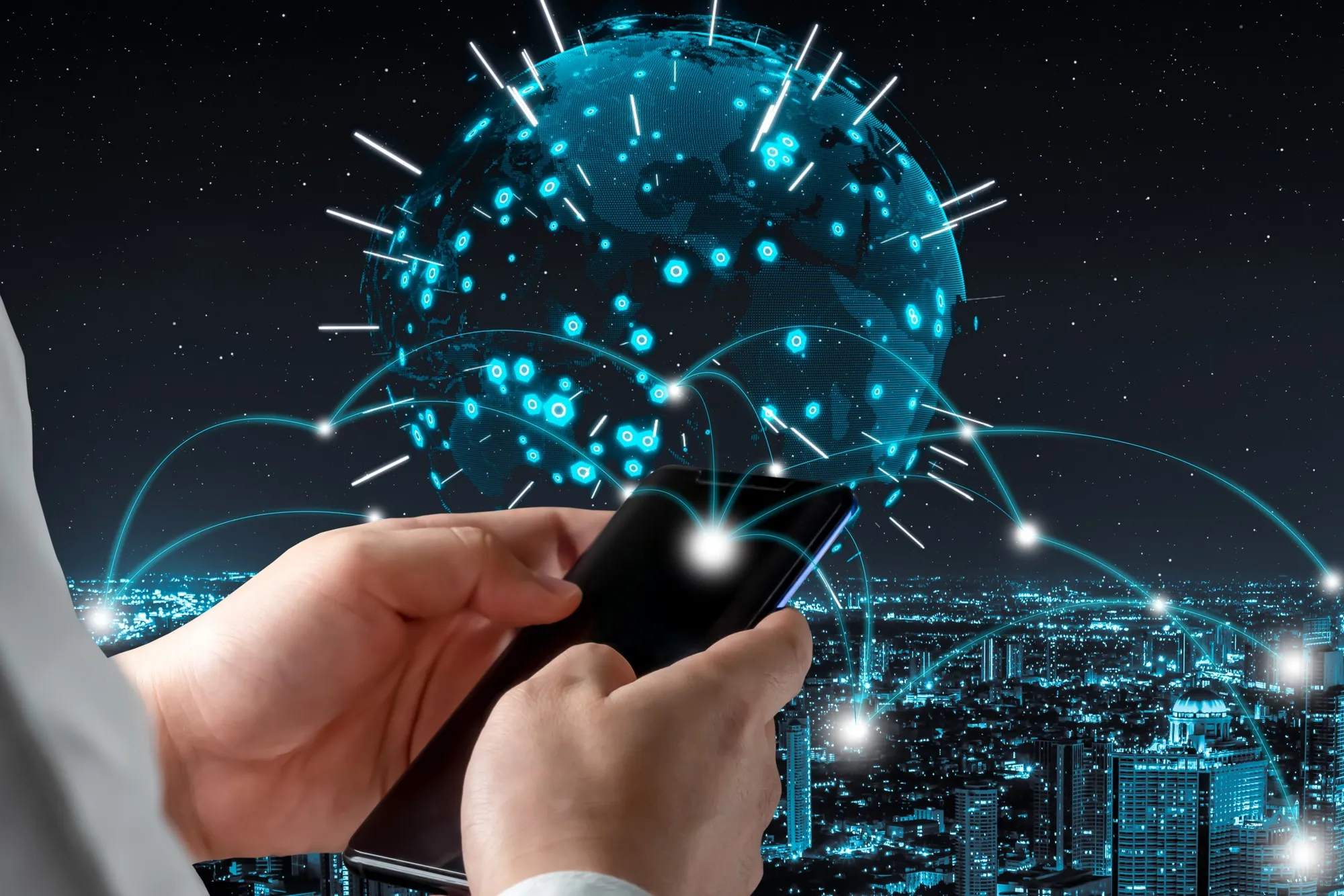The arrival of 5G technology is transforming the digital landscape, revolutionizing how businesses connect with consumers. With faster speeds, lower latency, and enhanced connectivity, 5G is set to reshape mobile marketing strategies, offering brands new opportunities to engage their audience in real time.
In this article, we’ll explore the impact of 5G on mobile marketing, how businesses can leverage this technology, and what it means for the future of digital marketing.
What is 5G and Why Does it Matter?
5G (Fifth-Generation Wireless Technology) is the latest evolution in mobile networks, delivering speeds up to 100 times faster than 4G and significantly reducing latency. This technology enhances video streaming, app performance, augmented reality (AR), and real-time interactions, making it a game-changer for mobile marketers.
Key Features of 5G:
🚀 Ultra-fast speeds: Enables instant content loading and seamless user experiences.
📶 Low latency: Reduces delays in online interactions and live streaming.
🔄 Greater connectivity: Supports more devices simultaneously without network congestion.
🎮 Improved AR/VR capabilities: Enhances immersive experiences in mobile advertising.
These advancements create new possibilities for mobile marketing campaigns, providing brands with better ways to engage consumers.
How 5G is Transforming Mobile Marketing Strategies
1. Enhanced Video Marketing & Live Streaming
With buffer-free streaming and high-definition video quality, 5G allows brands to leverage video content more effectively. Marketers can:
🎥 Stream live events without lag, increasing real-time engagement.
📲 Use 4K and 8K video ads to deliver high-quality visuals.
🛍 Integrate shoppable videos for seamless product purchases.
Example: Brands can host live Q&A sessions or product launches with instant audience interactions.
2. AR & VR Experiences in Mobile Advertising
Augmented Reality (AR) and Virtual Reality (VR) are becoming more accessible with 5G. Marketers can use AR/VR to:
🛍 Enable virtual try-ons for fashion, beauty, and retail products.
🏠 Offer immersive real estate tours for homebuyers.
🚗 Enhance automotive marketing with 360-degree car views.
Example: IKEA’s AR-powered app allows users to visualize furniture in their homes before purchasing.

3. Hyper-Personalized & AI-Driven Ads
With faster data processing, brands can deliver real-time, hyper-personalized ads based on user behavior.
📌 AI-driven chatbots can provide instant customer support.
📌 Dynamic mobile ads adjust in real-time based on user location.
📌 Voice search optimization improves targeted marketing for mobile users.
Example: Google Ads can use 5G-powered AI insights to deliver personalized recommendations instantly.
4. Faster & More Interactive Mobile Apps
5G enhances mobile app performance, making applications faster and more interactive.
📱 Reduced loading times improve user experience and retention.
📱 Cloud-based apps enable seamless data access.
📱 App-based marketing can include more dynamic, engaging features.
Example: E-commerce brands can offer AI-powered product recommendations with instant responsiveness.
5. Location-Based & Proximity Marketing
With enhanced GPS accuracy, 5G enables real-time location-based marketing, such as:
📍 Geofencing ads that target users near physical stores.
📍 Push notifications with personalized offers when customers visit specific locations.
📍 Smart billboards that change ads based on passing traffic demographics.
Example: Restaurants can send real-time discount offers to nearby potential customers.
6. IoT Integration & Smart Device Marketing
5G enhances Internet of Things (IoT) devices, leading to seamless integration between mobile marketing and smart technology.
🏠 Smart home devices can interact with personalized mobile ads.
🚗 Connected vehicles can receive location-based promotions.
⌚ Wearable tech (smartwatches) can receive targeted ads and notifications.
Example: A smart refrigerator can suggest grocery promotions based on user purchase history.
Challenges & Considerations in 5G Mobile Marketing
🔴 Limited 5G Availability: Not all regions have full 5G coverage yet.
🔴 Higher Data Consumption: High-quality video and AR/VR experiences require more data.
🔴 Privacy & Security Risks: Faster data processing raises concerns about user data protection.
Brands must ensure they comply with data privacy regulations (GDPR, CCPA) while leveraging 5G-driven marketing strategies.
How Businesses Can Prepare for 5G Marketing
✅ Optimize Content for Speed: Ensure websites, ads, and videos load quickly.
✅ Invest in AR/VR Experiences: Create interactive and immersive content.
✅ Leverage AI & Data Analytics: Use real-time data insights for personalized marketing.
✅ Enhance Mobile UX: Improve app performance and optimize websites for mobile-first users.
✅ Test 5G Campaigns Early: Experiment with 5G-powered interactive ads before competitors.
Final Thoughts: The Future of Mobile Marketing with 5G
5G technology is redefining mobile marketing, offering brands unparalleled speed, engagement, and personalization. Businesses that adapt their strategies to leverage video content, AR/VR experiences, real-time personalization, and IoT integration will gain a competitive edge.
Now is the time to embrace 5G and create high-impact, mobile-first marketing campaigns that captivate audiences like never before!

